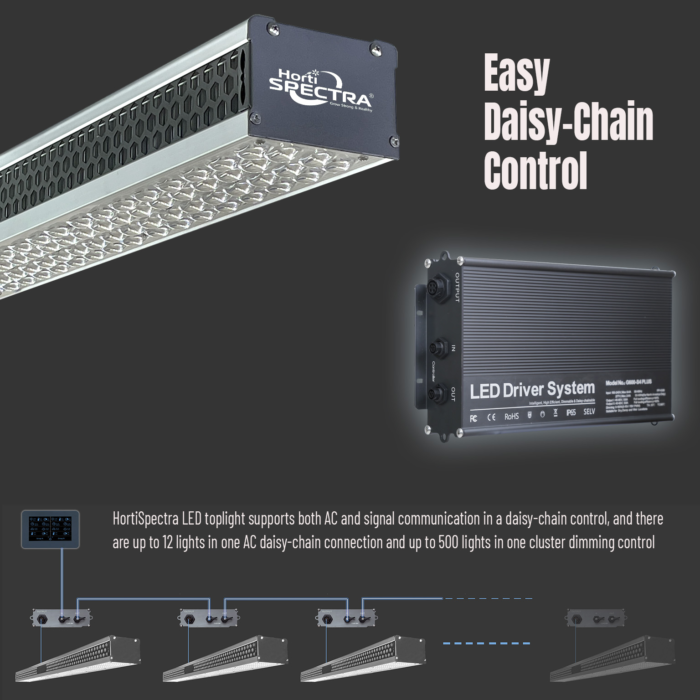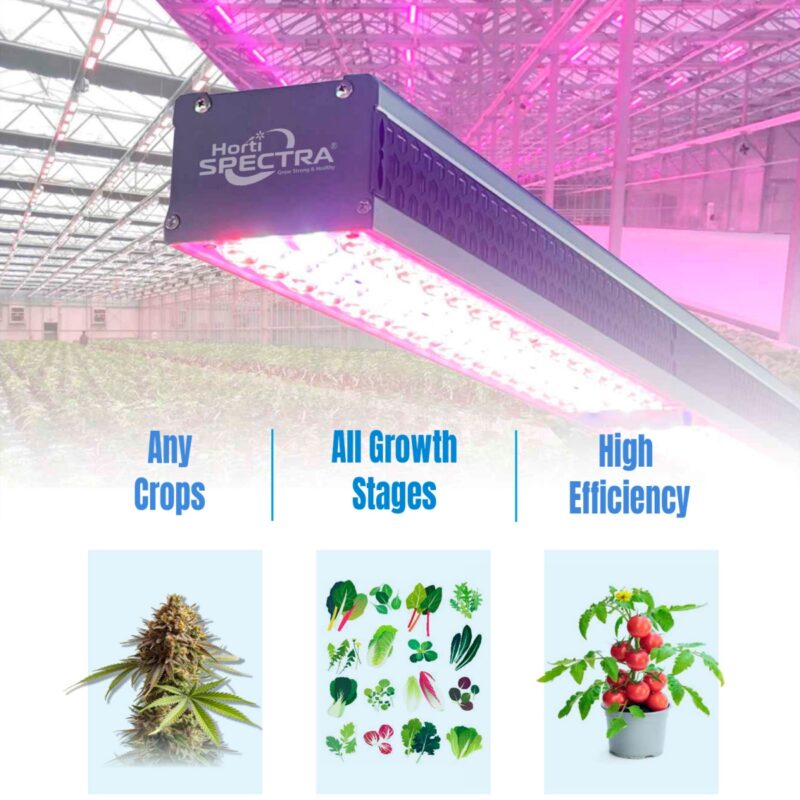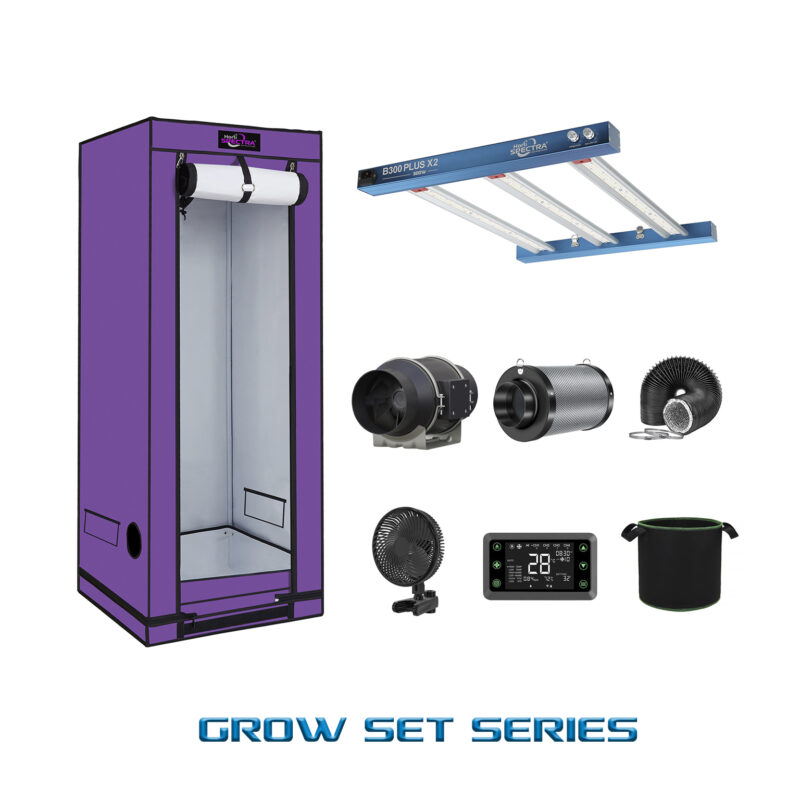The Shifting Landscape of Indoor Agriculture
Indoor agriculture has seen a tremendous transformation over the past decade, driven by technological advancements and the need for sustainable food production. As urbanization increases and arable land becomes scarce, the concept of controlled environment agriculture (CEA) has gained significant traction. Among the many innovations in this field, commercial lighting solutions for greenhouses have emerged as a game-changer. Companies like HortiSpectra Co., Ltd (abbreviated as HortiSpectra) are leading the charge in revolutionizing how we perceive and implement lighting in greenhouses.
One of the most profound shifts in indoor agriculture has been the adoption of LED supplemental lighting. These lights are not only energy-efficient but also highly customizable, making them ideal for greenhouse applications. As the demand for year-round crop production grows, the role of advanced lighting systems becomes increasingly critical. But is commercial light for greenhouses truly the future of indoor agriculture? Let’s dive deeper into the subject.

The Role of Commercial Lighting in Greenhouse Operations
Greenhouses offer a controlled environment that allows growers to cultivate crops irrespective of external weather conditions. However, natural sunlight is often insufficient, especially during winter months or in regions with limited sunlight. This is where greenhouse light solutions, such as those offered by HortiSpectra, come into play.
Commercial lighting systems are designed to supplement natural sunlight, ensuring that plants receive the optimal spectrum and intensity of light required for photosynthesis and growth. Unlike traditional lighting systems, modern solutions like LED supplemental lighting are tailored to meet the specific needs of different crops. Whether it’s leafy greens, tomatoes, or exotic flowers, these lighting systems can be fine-tuned to deliver the exact wavelengths plants need at various stages of growth.
HortiSpectra has been at the forefront of developing innovative lighting solutions that not only enhance crop yield but also reduce energy consumption. Their advanced LED systems are designed to mimic natural sunlight, providing a balanced spectrum that promotes healthy plant development while minimizing power usage.
Benefits of Using LED Supplemental Lighting in Greenhouses
One of the key reasons why LED supplemental lighting has gained immense popularity in greenhouse operations is its numerous advantages over traditional lighting systems. Below are some of the major benefits:
- Energy Efficiency: LED lights consume significantly less energy compared to traditional High-Pressure Sodium (HPS) or Metal Halide lights. This translates to lower operational costs for greenhouse operators.
- Customizable Light Spectrum: Unlike conventional lights, LED systems can be programmed to emit specific wavelengths of light, such as red and blue, which are crucial for photosynthesis and plant growth.
- Long Lifespan: LED lights have a much longer lifespan, often lasting up to 50,000 hours, reducing the need for frequent replacements and lowering maintenance costs.
- Reduced Heat Output: LEDs produce minimal heat, which helps maintain an optimal temperature within the greenhouse. This is particularly beneficial for temperature-sensitive crops.
- Environmental Impact: By consuming less energy and lasting longer, LED systems contribute to a reduced carbon footprint, aligning with global sustainability goals.
HortiSpectra has capitalized on these advantages to create a range of LED solutions tailored to the unique requirements of greenhouse farming. Their products are not only efficient but also highly reliable, making them a preferred choice for growers worldwide.
The Future of Greenhouse Light Technology
As technology continues to evolve, the future of greenhouse lighting looks incredibly promising. Advanced features like smart controls, IoT integration, and AI-driven optimization are already making their way into commercial lighting systems. HortiSpectra is actively investing in research and development to stay ahead of the curve, ensuring that their products remain at the cutting edge of innovation.
One of the most exciting developments in this space is the integration of sensors and data analytics. By collecting real-time data on light intensity, temperature, and humidity, growers can make informed decisions to optimize their operations. HortiSpectra’s upcoming product line aims to incorporate these features, providing a holistic solution that goes beyond just lighting.
Another trend shaping the future is the shift towards vertical farming. As urban spaces become increasingly congested, vertical farms offer a sustainable solution for food production. LED supplemental lighting is a critical component of these farms, as it ensures consistent light exposure across multiple layers of crops. HortiSpectra is already exploring partnerships with vertical farming companies to expand its footprint in this emerging sector.
Industry Trends and Insights
The global market for greenhouse lighting is expected to grow exponentially in the coming years, driven by increasing awareness about sustainable agriculture and the rising demand for high-quality produce. According to industry reports, the market is projected to reach billions of dollars by 2030, with LED lighting accounting for a significant share.

Governments and regulatory bodies are also playing a crucial role in promoting the adoption of energy-efficient technologies. Subsidies and incentives for LED lighting systems are encouraging more growers to make the switch. HortiSpectra has been actively collaborating with policymakers to advocate for sustainable practices in the agriculture sector.
Moreover, consumer preferences are shifting towards organic and locally grown produce, further boosting the demand for advanced greenhouse solutions. By leveraging cutting-edge technology, companies like HortiSpectra are enabling growers to meet these demands while maintaining profitability.
Conclusion
In conclusion, commercial light for greenhouses is undoubtedly the future of indoor agriculture. With its numerous advantages, including energy efficiency, customizable light spectrum, and reduced environmental impact, LED supplemental lighting is set to become an indispensable tool for growers worldwide. Companies like HortiSpectra are leading the way by developing innovative solutions that not only enhance crop yield but also align with global sustainability goals.
As the industry continues to evolve, the role of advanced lighting systems will become even more critical. Whether it’s through the integration of smart technologies or the expansion into vertical farming, the possibilities are endless. For growers looking to stay ahead in this competitive landscape, investing in high-quality greenhouse light solutions from trusted providers like HortiSpectra is a step in the right direction.
Tags:LED Greenhouse Light wholesaler,LED Greenhouse Light supplier,LED Greenhouse Light,LED Greenhouse Light price







